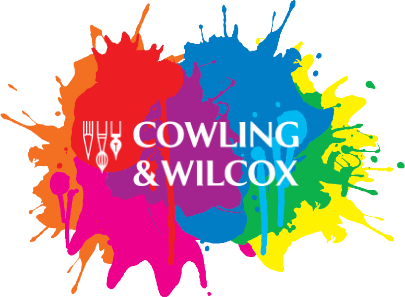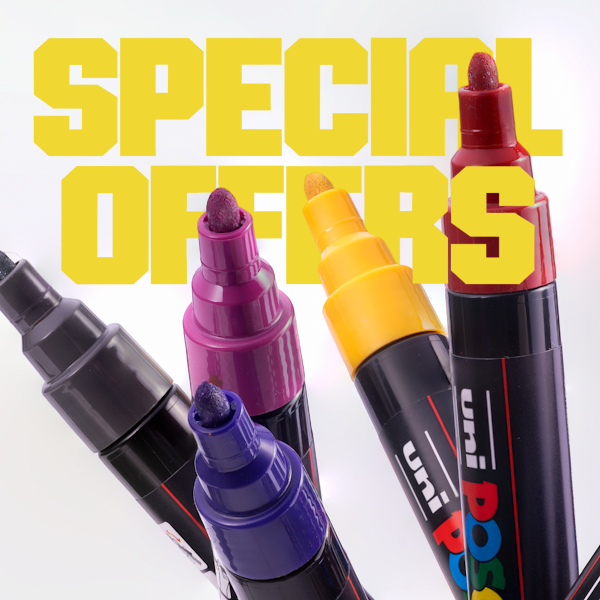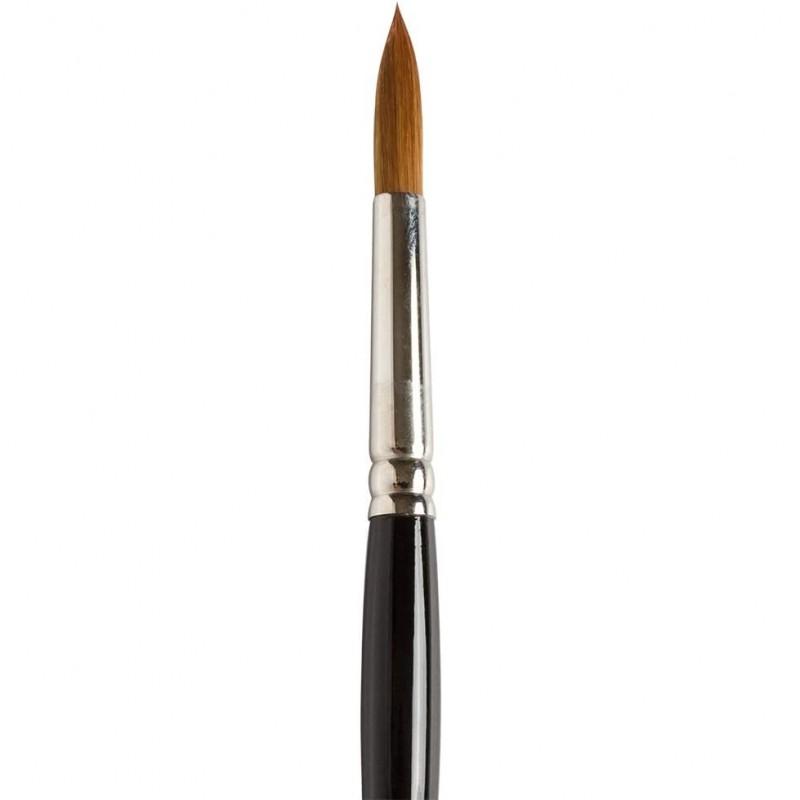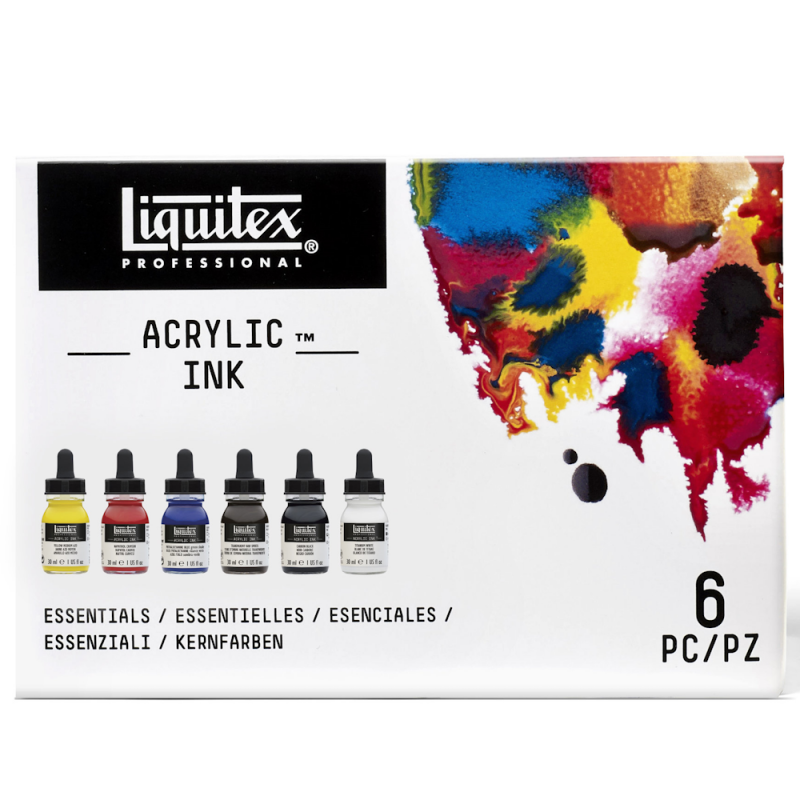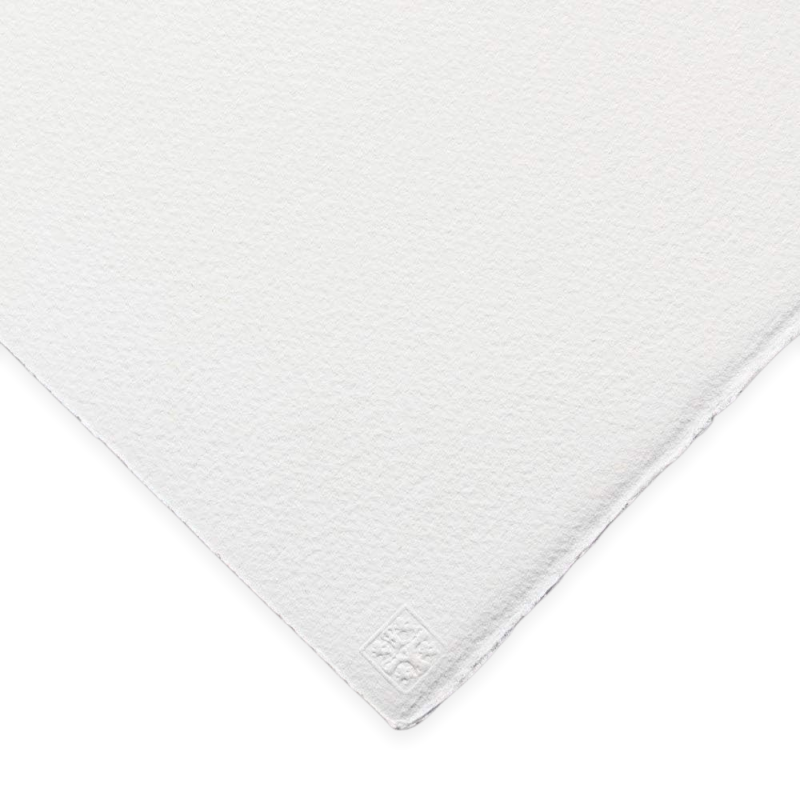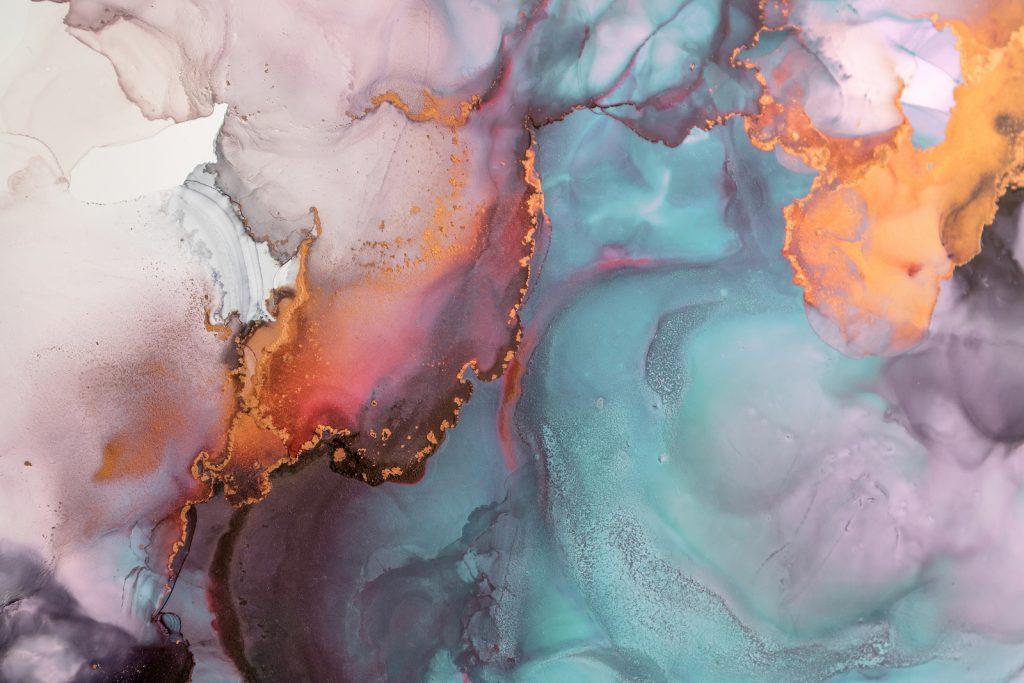
Inks have a number of properties which make it an excellent medium to work with. The intense colours and fluidity of ink makes it very similar to watercolour, yet used for various different applications. Inks are versatile, and should be a staple in every artist’s collection. If you’re looking to give the medium a go, here is everything you need to know about painting with ink. Whether you’re a beginner or an expert looking to perfect your technique, we have tips for everyone.
An Introduction To Ink
The ink stick originated in the Far East, over 2000 years ago. An ink stick is in the form of solid ink, which is then diluted with water. There are various types of ink, both coming in thick and thin forms. Thick ink is very dark in tone, whereas thin ink is more translucent. Ink can be used in a range of different applications, and can be used by artists with varying style. Ink is good for both delicate line work, yet also works well for washes of subtle colour as a background.
Choosing the right ink
When choosing the right ink for you, it’s important to consider how you will apply it (e.g. by brush, pen, etc.). There are various inks to choose from, most of which vary in color intensity and pigment. If you’re looking to create a bold, vibrant piece of art, dye-based inks would most likely work best for you. However if you are looking for inks to create a light wash, pigment based inks would be better.
Painting With Ink
Painting with ink can be a tricky technique to get started with, so take a look at our top tips to help you get the hang of it
- Have the right tools ready. Ensure that you have plenty of water nearby for wetting your paper and diluting your colours. Also be sure to have a roll of kitchen towel on hand, which will come in handy when wiping away any excess water. This will also be good for drying your brush in between washing your brush.
- Don’t dip straight into the bottle. When starting with inks, it’s always a good idea to premix your colours the same way that you would with paint. When it comes to inks, less is more, so start off with a small amount and build up.
- Don’t be afraid to experiment. Try a variation of different paintbrushes and applications to find what works best for you. Beginners often benefit from a soft brush, so try these if you are new to painting with ink. These Pro Arte Prolene brushes are perfect for beginners.
- Remember to dilute. Inks can be very strong in colour, so be sure to dilute your inks when applying them to your base. You can always add more colour later, but you can’t take it away.
- Try different papers. Experiment with a range of different papers to discover what works best for your style. Watercolour papers work great for ink painting, and if you’re feeling a little adventurous, perhaps try traditional Chinese rice paper.
- Remember, practice makes perfect! As with any form of art, practice most certainly is key. Practice with different inks, various art styles, papers and brushes to discover your perfect combination.
Looking for some inks to get started with? Take a look at our wide range of high-quality professional inks today.
< Back to blog